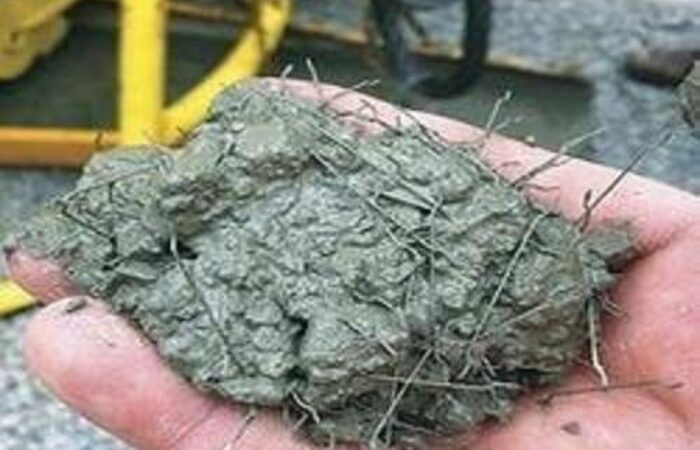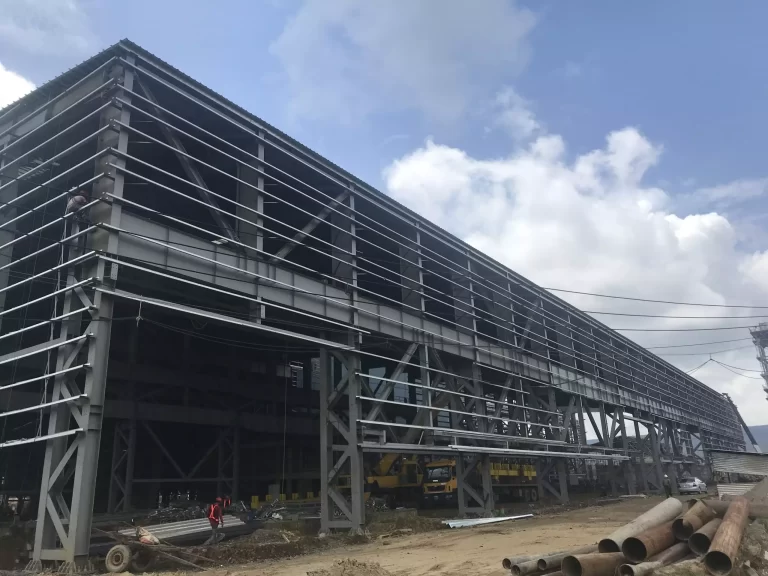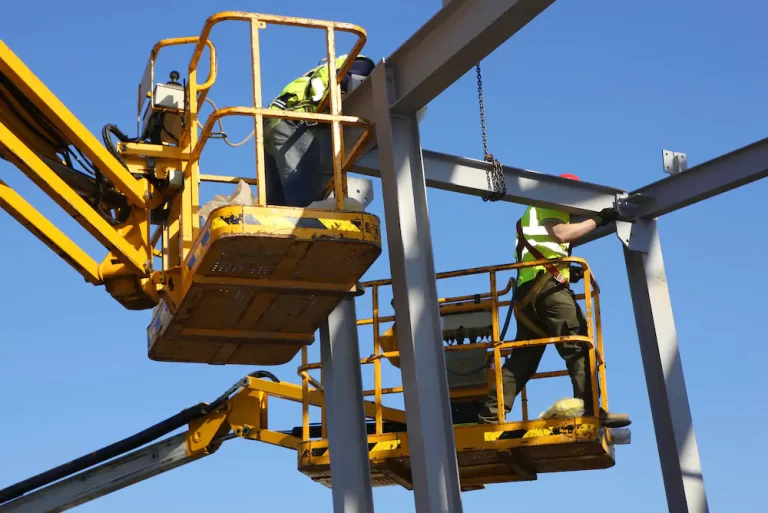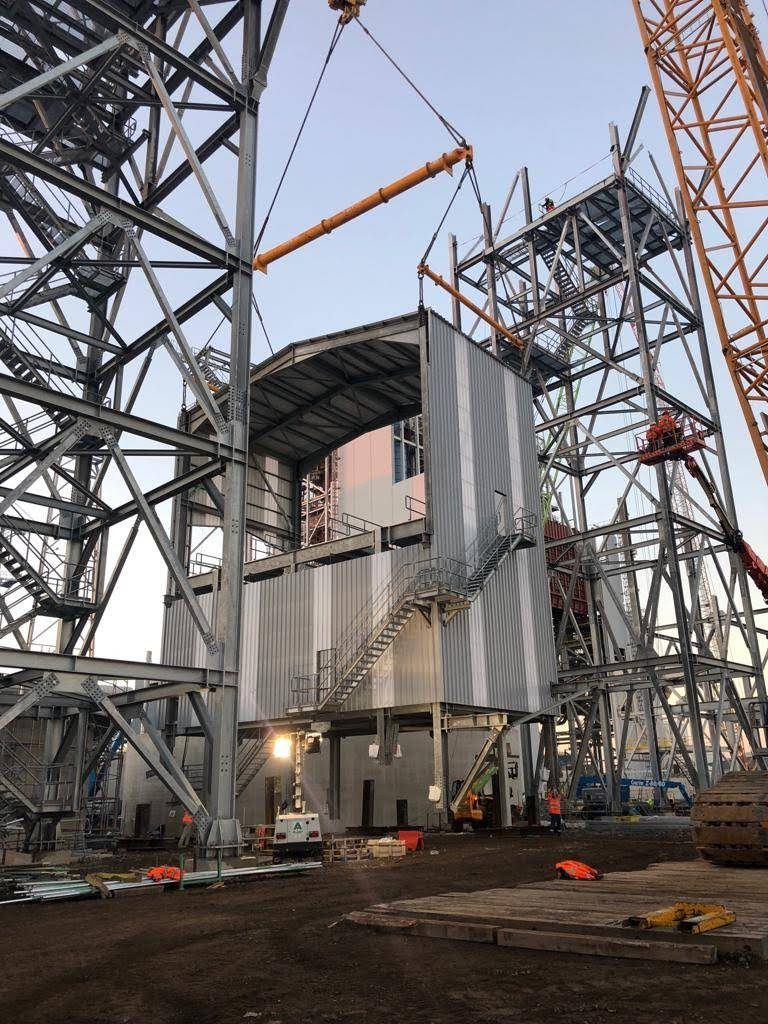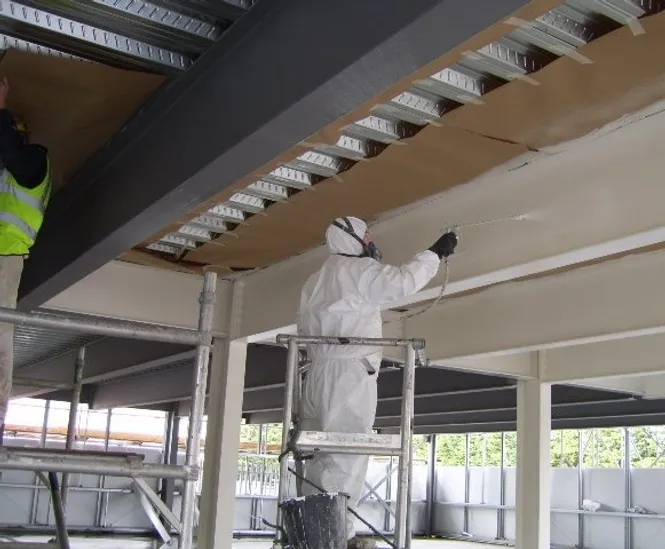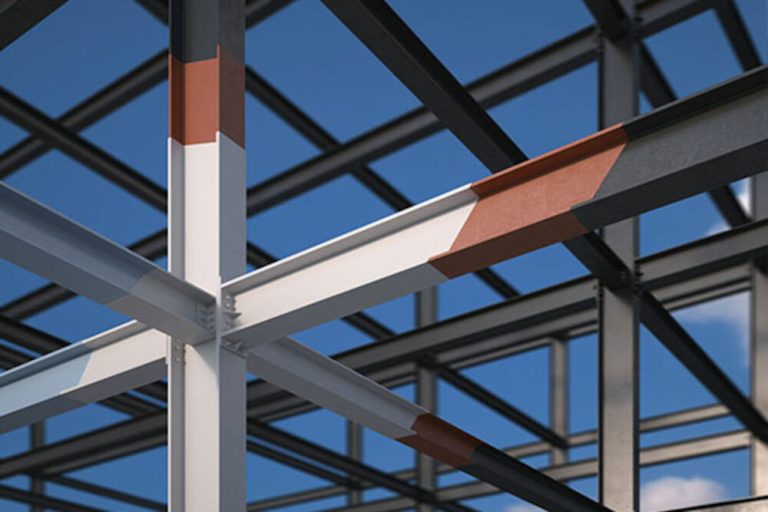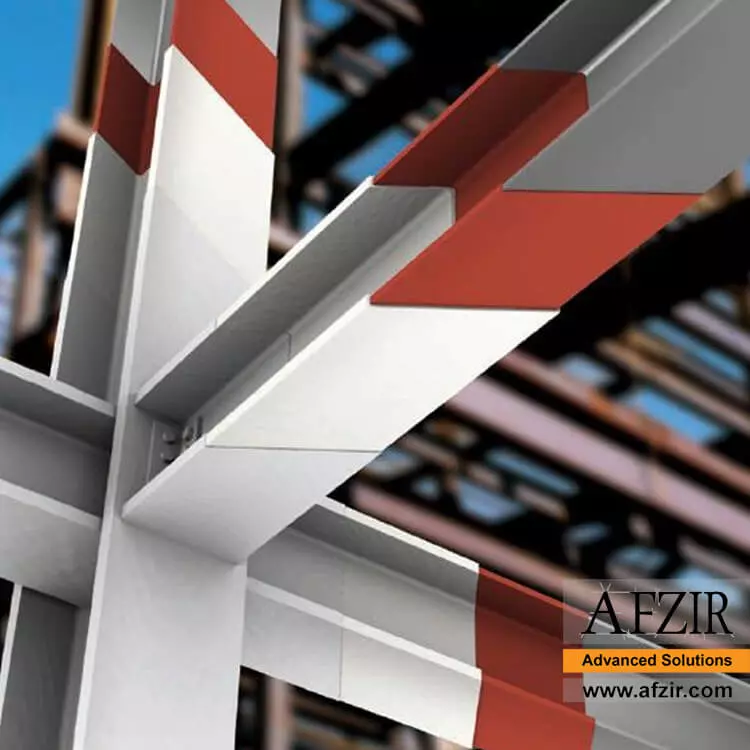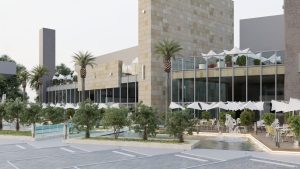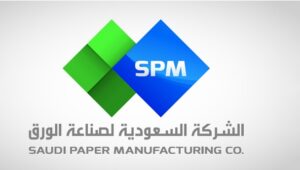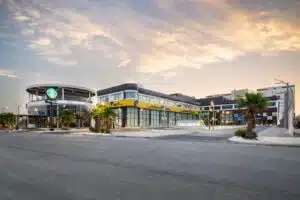How to Use Steel Fiber in Concrete (SFRC)
Concrete is the most frequently used construction material in the world, used in almost every type of construction. Concrete is an essential building material because of its long lifespan, strength, and durability. It can withstand harsh weather conditions, tension and compressive stress, and compression without compromising structural integrity. As a result, concrete is used to build various structures, including parking garages, buildings, roadways, bridges, and much more. Concrete constructions are typically reinforced with steel rebar to increase their tensile strength and ability to bear enormous loads. The combination of the concrete’s compressive strength and the reinforcement material’s tensile strength, increases the concrete’s overall durability. One variety of reinforced concrete is Forcetech’s steel fiber-reinforced concrete.
Steel Fiber Reinforced Concrete
Concrete reinforced with glass, synthetic or natural fibers, or a mix of the three is known as fiber-reinforced concrete. The distinct, short fibers that make up the composite material, cement, mortar, and fibers, are evenly distributed throughout. As a result, concrete with fibers added to it is more resilient against cracking, absorbs energy more efficiently overall, and has higher structural integrity. However, since the fibers do not improve flexural strength—the capacity of concrete to bend without breaking—they cannot be used in place of stainless steel-reinforced concrete.
Between 0.3% and 2.5% of the volume of ordinary cement concrete is added as fiber. Forcetech’s steel fibers used in concrete range in diameter from 0.25 to 0.75 mm. Most frequently, steel fiber is employed in a circular shape. When making concrete with steel fiber reinforcement, add forcetech’s steel fibers to the concrete mixer before pouring the green concrete into molds or cubes. After compacting the concrete, cure the cubes using any standard curing process.
The process of mixing the parts and compacting the cubes carries a sizable risk of segregation, steel fiber balling, and concrete bleeding. Segregation is prevented by adding fibers steadily. It is also more porous. Therefore, concrete with steel reinforcement needs to be mixed, applied, compacted, transported, and completed more efficiently. The main objective of adding forcetech’s steel fibers to concrete is to improve its mechanical and structural properties, particularly its higher-than-average flexural and tensile strength, ductility, wear and tear resistance, and post-cracking strength.
Commercial Use
Forcetech’s steel fiber reinforced concrete (SFRC) can cut the price of tunnel liners by up to 30%. Compared to standard 2D reinforcing, 3D dispersion of steel fibers may allow for different temperature and shear reinforcement reductions as well as an increase in the toughness of the surfaces. However, because steel fibers are expensive, cost savings depend on lowering labor costs.
Steel fibers create high-load flooring with fewer joints, which is typical in manufacturing facilities. The flooring is hence more durable. In addition, a combination of steel and synthetic macrofibres sometimes makes for the optimal SFRC. These so-called “jointless flooring” are used in robotic-equipped distribution centers and cutting-edge manufacturing facilities.
Forcetech SFRC
Forcetech has created cutting-edge technologies like fiber-reinforced concrete because of our commitment to sustainability, increased production, a smaller carbon footprint, and improved energy efficiency. Our current product, FIBMIX, aims to develop a revolutionary slab system using high-performance steel fiber reinforced concrete (SFRC) without traditional reinforcing. The use of SFRC has significantly increased in recent years due to its adoption in several countries.
It represents one of the most critical developments in specialty concrete types. The compositional alteration has an impact on the material’s characteristics. These qualities include improved thermal characteristics, durability, crack resistance, residual tensile strength (under particular loads), fire behavior, etc.

